Our world has changed dramatically in just a couple of generations – and so has life for our pets.
While cats and dogs still have the same instincts and needs as their ancestors, their environment, routines, and the way we interact with them have shifted.
The good news? By understanding how these lifestyle changes affect pet behaviour, we can make small but powerful adjustments to keep them happy, healthy, and well-behaved.
1. Longer work hours and two-adult working households
It was once more common for one adult to be home most of the day. Now, with more single households and more homes in which both adults are working long hours, pets spend more time alone.
Impact on pets:
- Dogs may develop boredom, anxiety, or destructive habits.
- Cats may become withdrawn or overly clingy when owners are home.
How to adapt:
- Build in morning and evening exercise and enrichment, such as walks, interactive play, training games, or scent work.
- Consider doggy day care, a midday dog walker, or a neighbour check-in for dogs.
- For cats, offer puzzle feeders, climbing shelves, and safe viewing spots by windows to keep them engaged.
- Create an enriching at-home environment considering things like indoor and outdoor access, plenty of toys, a digging pit or paddling pool for dogs, a catio for cats.
- A pet camera can allow you to check in on and even communicate with your pets throughout the working day, and some even allow you to dispense treats!
- Cats are better adapted to longer stretches of time alone, so consider a cat when choosing a pet if you are in this situation.






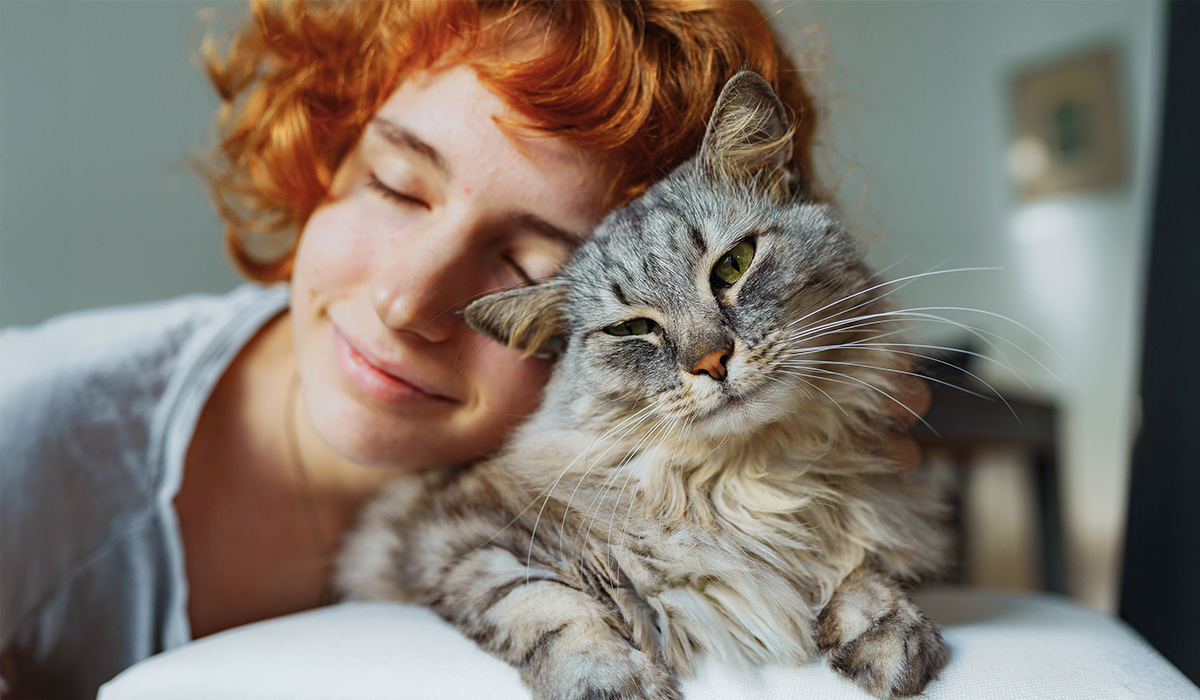
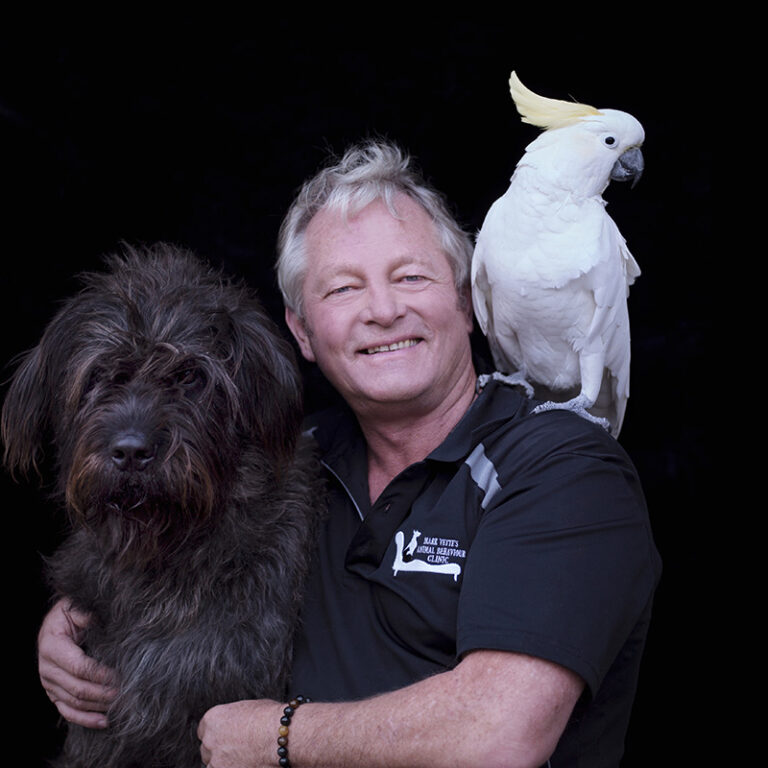

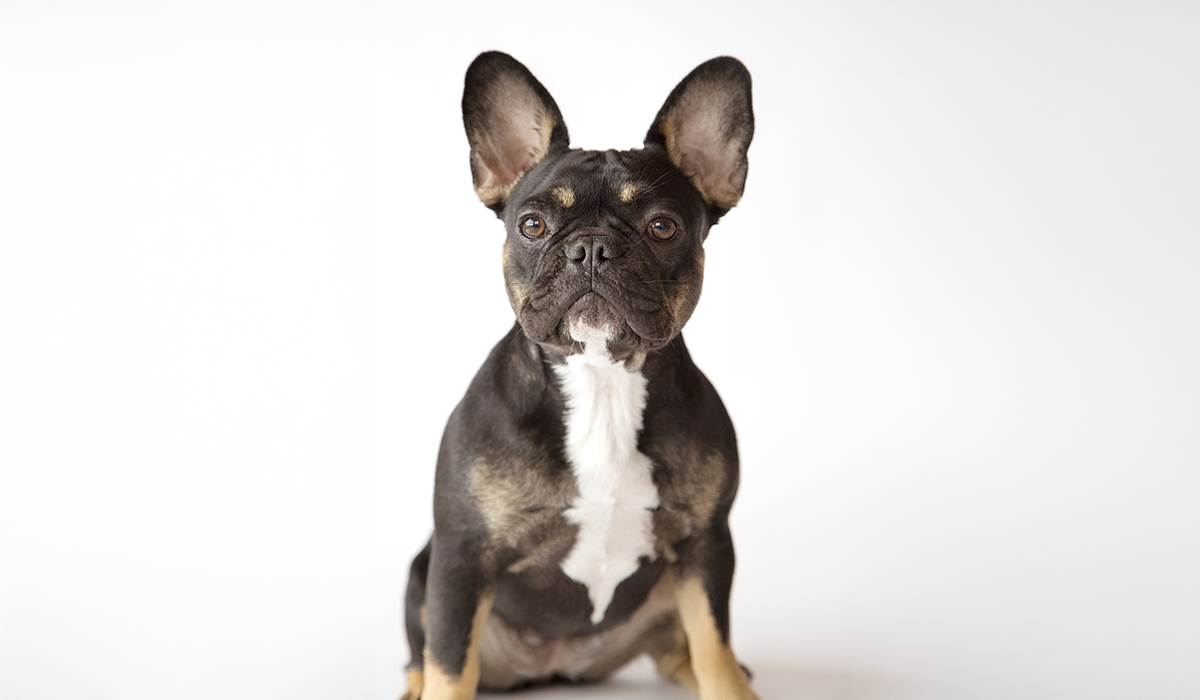

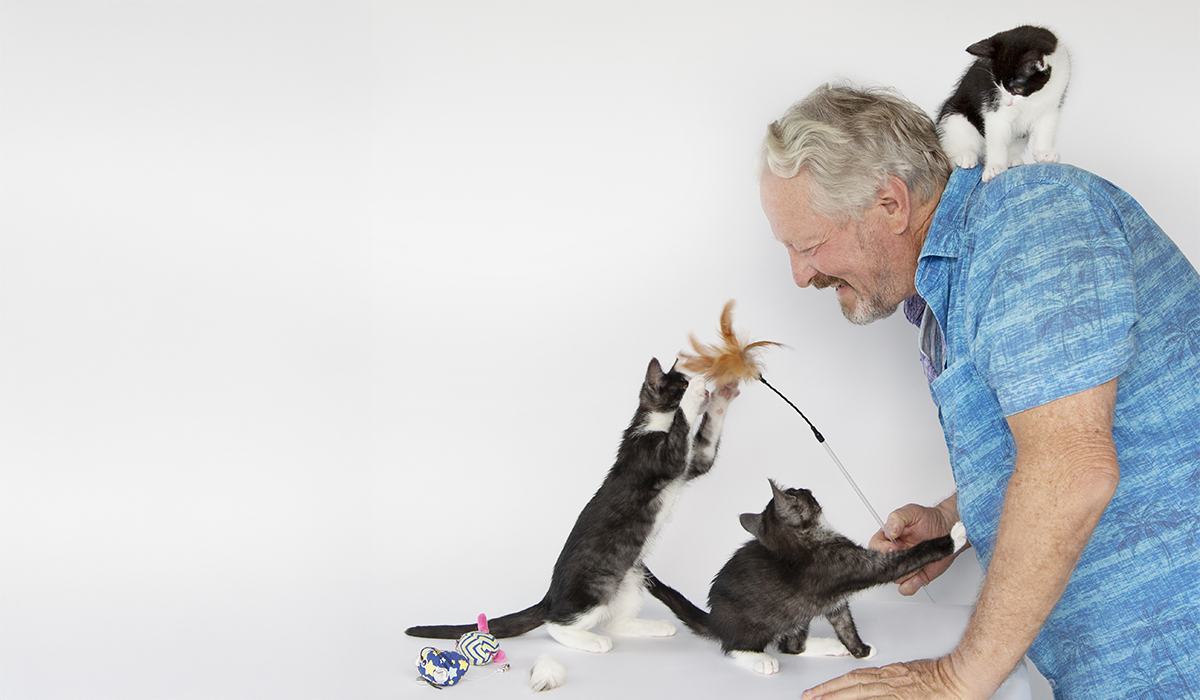








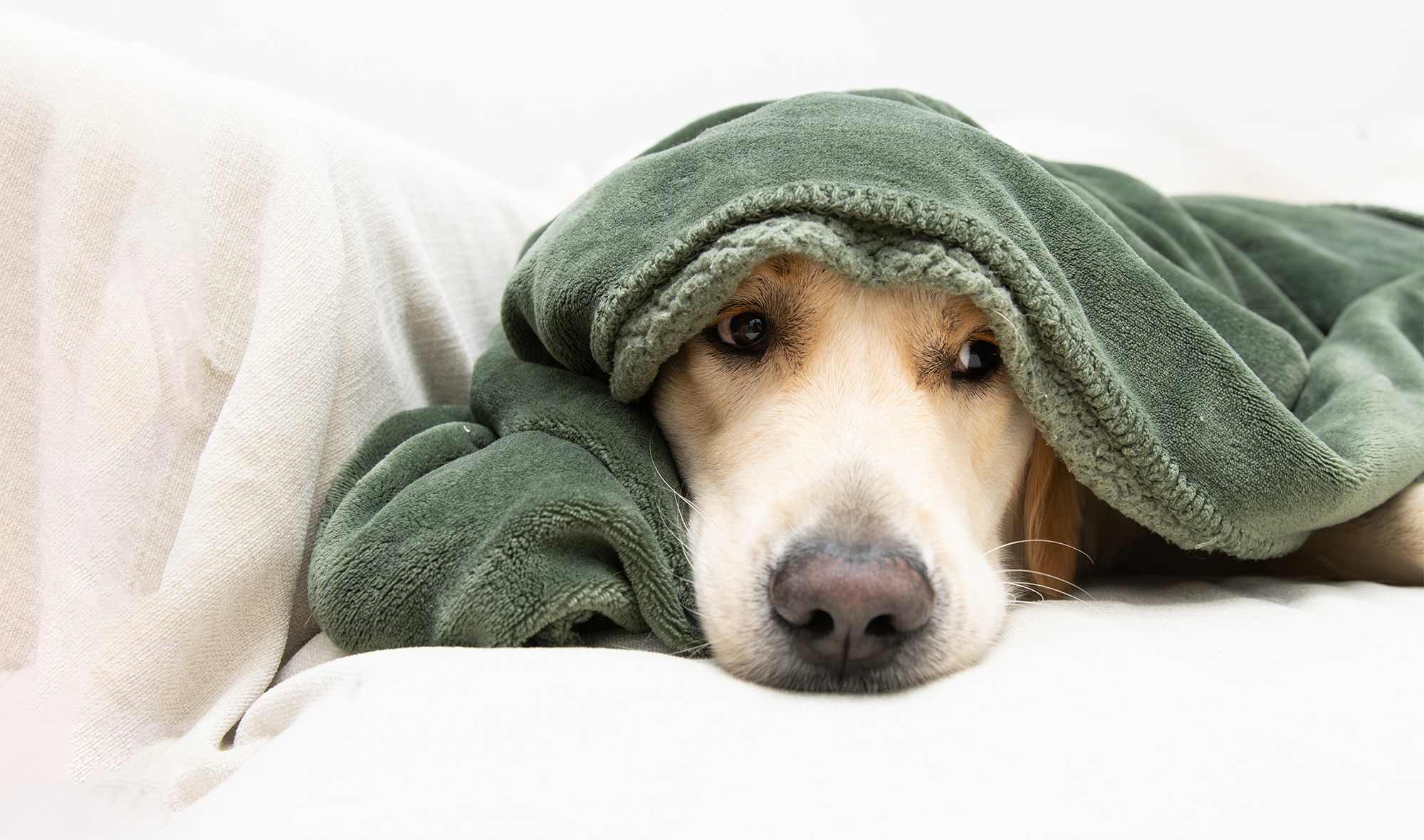

Community